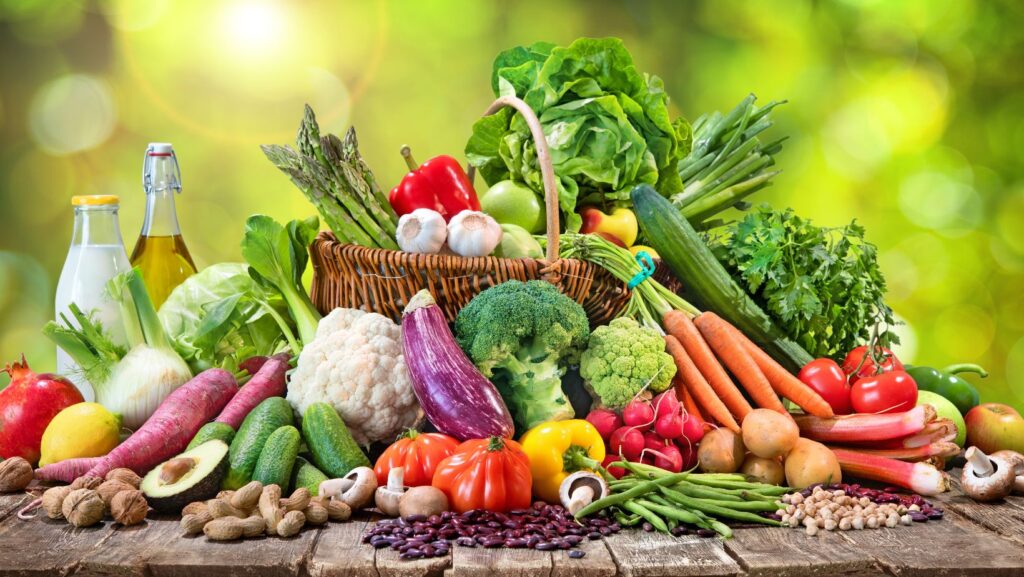Navigating the world of nutrition labels can be a daunting task, even for the most health-conscious among us. When it comes to understanding the Corn Chex nutrition label, it’s no exception. This article aims to demystify the information on that little box, empowering you to make informed dietary decisions.
Corn Chex, a popular breakfast cereal, has its unique nutritional profile. But what does it all mean? From fiber content to sugar levels, we’ll break down the essentials. We’ll also delve into how this tasty cereal fits into a balanced diet. So, let’s get started on this journey towards healthier eating habits, one cereal box at a time.
An analysis of the Corn Chex nutrition label offers a wealth of information on the dietary value of this popular cereal. The complex jargon currently printed on the label can be made much simpler. Divulging into the details, different components of the Corn Chex nutrition label are dissected as per the below structured subheadings.
 Corn Chex Nutrition Label
Corn Chex Nutrition Label
A closer look at the nutrition label reveals Corn Chex’s dietary composition in a comprehensive manner. It delineates the quantity of macro and micronutrients present per serving, along with common allergens, if any. Percent Daily Value (%DV) depicts how much nutrient a serving of the product contributes to a daily diet. This is based on consuming 2,000 calories a day, as per FDA’s generic guidelines.
Key Nutrients to Look For
Diving into the specifics, the nutrient values important to note from the Corn Chex nutrition label include:
- Calories: Corn Chex measures at around 120cal per serving. It’s an important indicator for those monitoring their daily calorie intake.
- Total Fat: It boasts a low-fat content, measuring at just 0.5g per serving. This is significant for people prioritizing low-fat diets.
- Dietary Fiber: With 1g dietary fiber per serving, Corn Chex aids digestion and fullness. For individuals aiming to increase fiber intake, it’s a crucial component.
- Sugars: The sugar content is 3g per serving. Notably lower than many breakfast cereals, it’s advisable for those looking to maintain low sugar consumption.
- Proteins: Corn Chex contains 2g of protein per serving, crucial for growth, repair, and overall well-being.
Cross-referencing these values with personal dietary goals helps individuals tailor their Corn Chex consumption accordingly, making the Corn Chex nutrition label a useful tool in maintaining a balanced diet.
Breaking Down the Ingredients List
Shifting focus from macro and micronutrients, this section brings attention to the raw components that constitute Corn Chex: the ingredients. Understanding these can further guide consumers in achieving their distinct dietary requirements.
Whole Grain Corn: The Main Ingredient
Corn Chex’s first directing ingredient on the label indicates it in the form, whole grain corn, serves as the primary composite. Whole grain corn holds significance for its nutrient-rich composition, including fibers, proteins, and several B-vitamins. Prominently, these fibers aid in digestion, while proteins support bodily repair processes. B-vitamins, on the other hand, play crucial roles in energy production and cell health. However, eating Corn Chex isn’t entirely equivalent to consuming whole grain corn due to the processing involved, and hence, some nutrients might be lost.
Additional Ingredients and Their Impact on Nutrition
Beyond whole grain corn, Corn Chex includes salt, extract of malted barley and corn, a mix of vitamins and minerals, sugar, molasses, and BHT for freshness. Salt— the second ingredient by weight—can be a point of concern as excessive intake has links to high blood pressure according to the American Heart Association.
freshness. Salt— the second ingredient by weight—can be a point of concern as excessive intake has links to high blood pressure according to the American Heart Association.
Touching on vitamins and minerals, they serve as essential nourishment, supporting bone health, immune function, and cellular processes. However, they’re present in Corn Chex primarily due to fortification—a process that adds nutrients not native to the food.
Sugar and molasses contribute to the cereal’s sweetness but potentially up the calorie count without adding much essential nutrition. Meanwhile, BHT (Butylated Hydroxytoluene), a common preservative, helps extend shelf-life but has aroused controversy regarding long-term safety. However, both the FDA and European Food Safety Authority deem it safe for consumption within specific limits.
